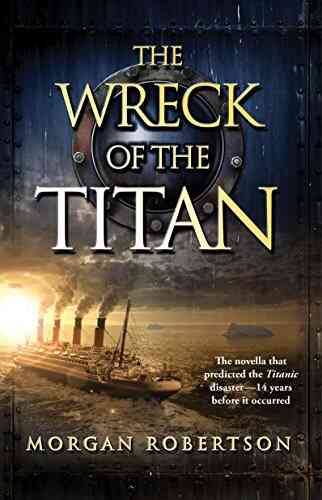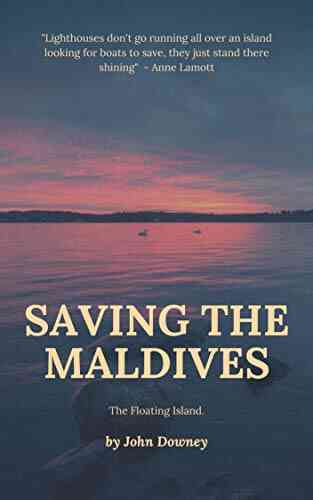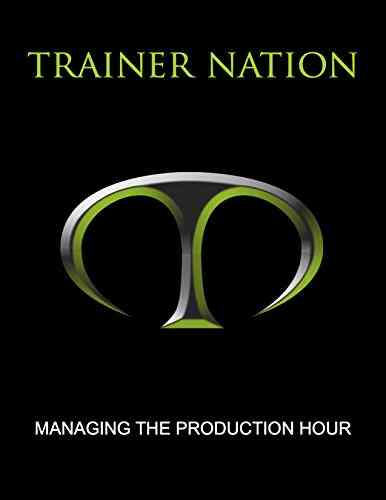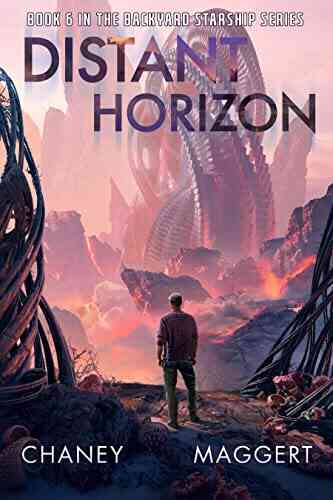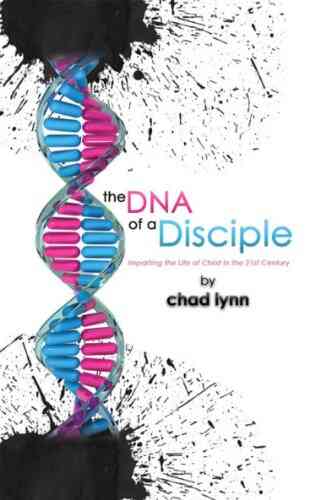:
Imagine a story of tragic irony, where a fictional ship named Titan, considered to be unsinkable, met the same fate as the Titanic. This captivating tale, first published in 1898 in Morgan Robertson's novella "Futility," later became an inspiration for what unfolded in history. The eerie similarities between both vessels, from their physical attributes to the circumstances of their demise, make this story an intriguing one to explore.
The Birth of the Titan:
Constructed by the White Star Line, the Titan was a marvel of engineering. With a length of 800 feet and a maximum speed of 25 knots, it was renowned for its size and luxurious accommodations. Robertson meticulously described the ship's opulence, capturing readers' imaginations and bringing the Titan to life in their minds.
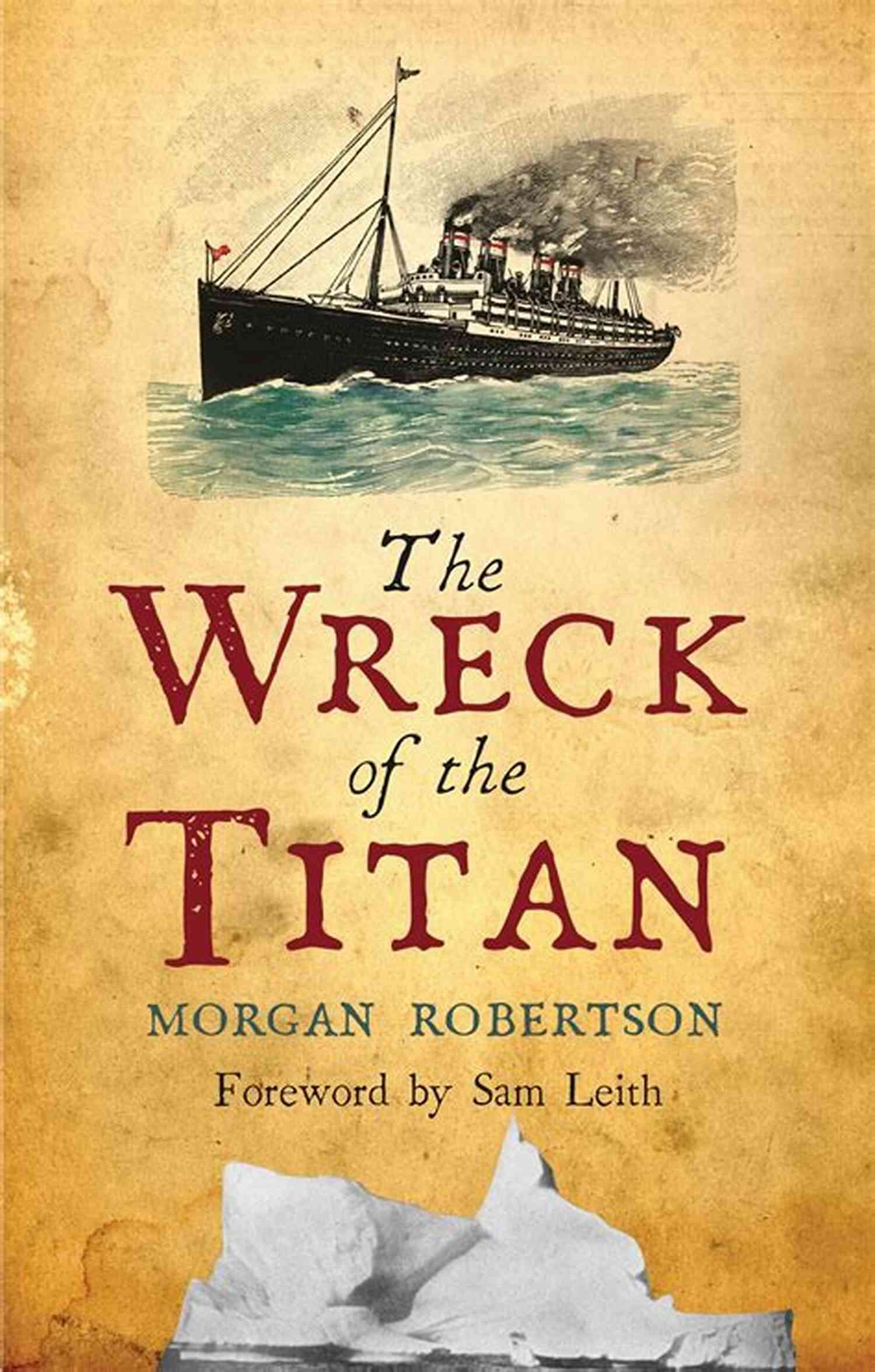
The Titan's similarities to the Titanic were uncanny. Both ships were triple-screw and featured enormous engines. These majestic vessels boasted a vast dining area, a swimming pool, and extravagant staterooms. The Titan's grandeur resonated with many readers, enamoring them with the sheer beauty and scale of the ship.
4.3 out of 5
| Language | : | English |
| File size | : | 1841 KB |
| Text-to-Speech | : | Enabled |
| Screen Reader | : | Supported |
| Enhanced typesetting | : | Enabled |
| Word Wise | : | Enabled |
| Print length | : | 108 pages |
Astounding Parallels:
As the novella unfolded, chilling similarities between the Titan and the Titanic became apparent. Both ships were touted as unsinkable, equipped with a limited number of lifeboats. The Titan had only 24 lifeboats, which was precisely half of what the passengers and crew required in an emergency situation. Similarly, the Titanic would ultimately meet its tragic fate with an inadequate number of lifeboats.
Additionally, both ships collided with icebergs during their voyages in the North Atlantic. The Titan was sailing in the month of April, just like the Titanic, when it struck an iceberg. Despite the well-built structure, it couldn't withstand the destructive force, leading to a disastrous unraveling much like what transpired years later with the Titanic.
The Tragic Finale:
As the novella climaxed, the Titan's collision with the iceberg resulted in catastrophic consequences. With a fraction of lifeboats, chaos ensued as passengers struggled to secure a place on the few available vessels. The story portrayed the despair and desperation of those onboard, paralleling the real-life events of the Titanic.
The Titan and the Titanic both met their end in the icy waters of the Atlantic. The imagery of the colossal ships sinking and the inevitable loss of countless lives is hauntingly similar.
A Warning from Fiction:
Many argue that Morgan Robertson's "Futility" served as a foretelling of the Titanic disaster, even though it was written before the infamous incident. The accuracy with which Robertson predicted the maritime catastrophe is astounding.
The story not only captivated readers with its suspenseful narrative, but it also left them pondering the bizarre connection between fiction and reality. How could an author accurately predict such a devastating event? Was it mere coincidence, or was it a stroke of clairvoyance?
The Legacy of the Titan:
Despite its status as a fictional work, "Futility" serves as a lasting reminder of the Titanic disaster. Some believe that the similarities were evidence of the ship's unsinkable reputation leading to overconfidence and negligence. The haunting tale of the Titan continues to fascinate readers and maritime enthusiasts alike, raising questions about the power of literature in shaping our perception of reality.
:
The Wreck Of The Titan offers a captivating exploration into the similarities between fiction and reality. Morgan Robertson's novella eerily mirrors the tragic events of the Titanic, leaving readers astonished as they contemplate the connection between the two. This cautionary tale serves as a stark reminder of the devastating consequences that can occur when arrogance and overconfidence overshadow safety and preparedness.



